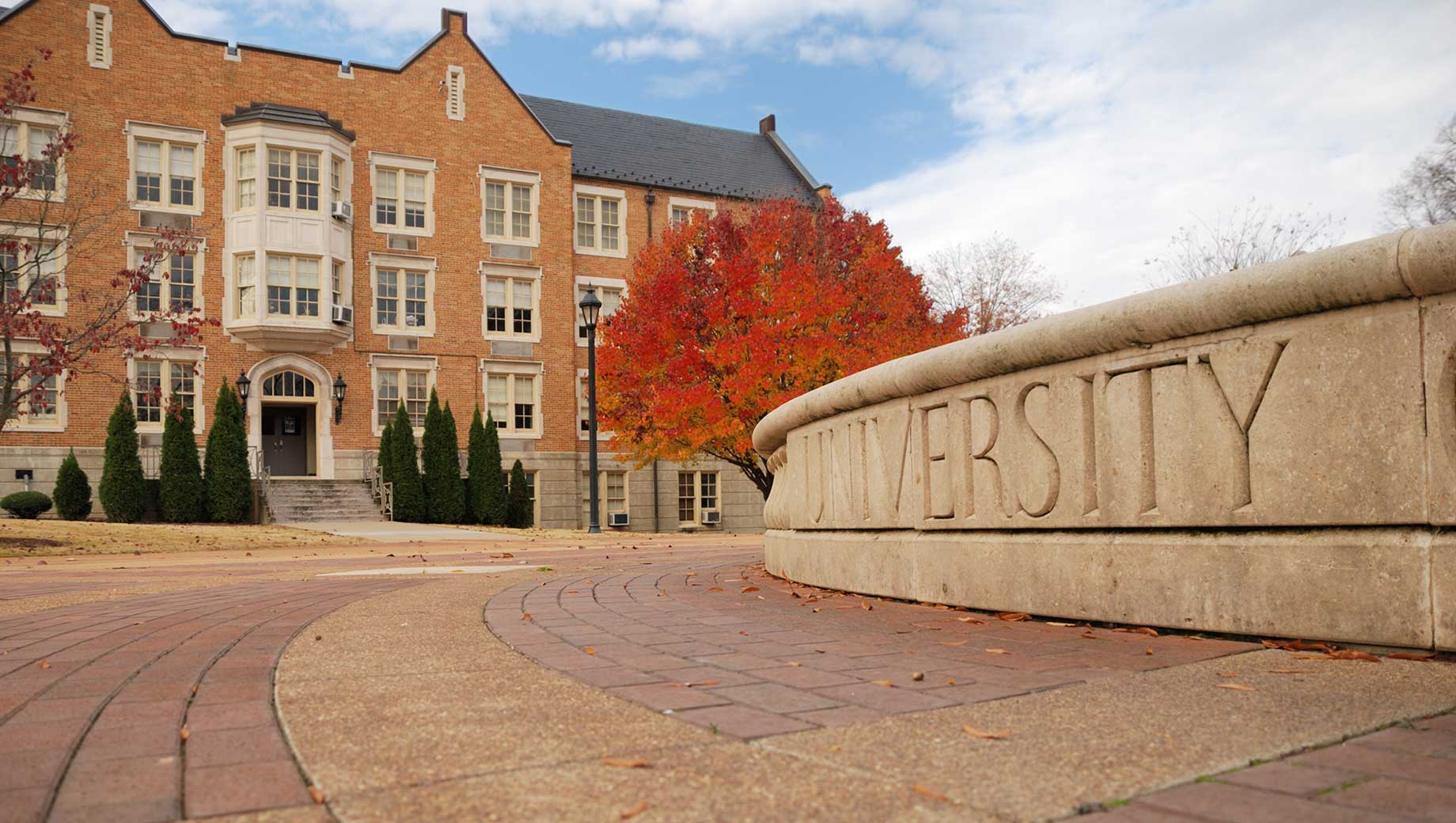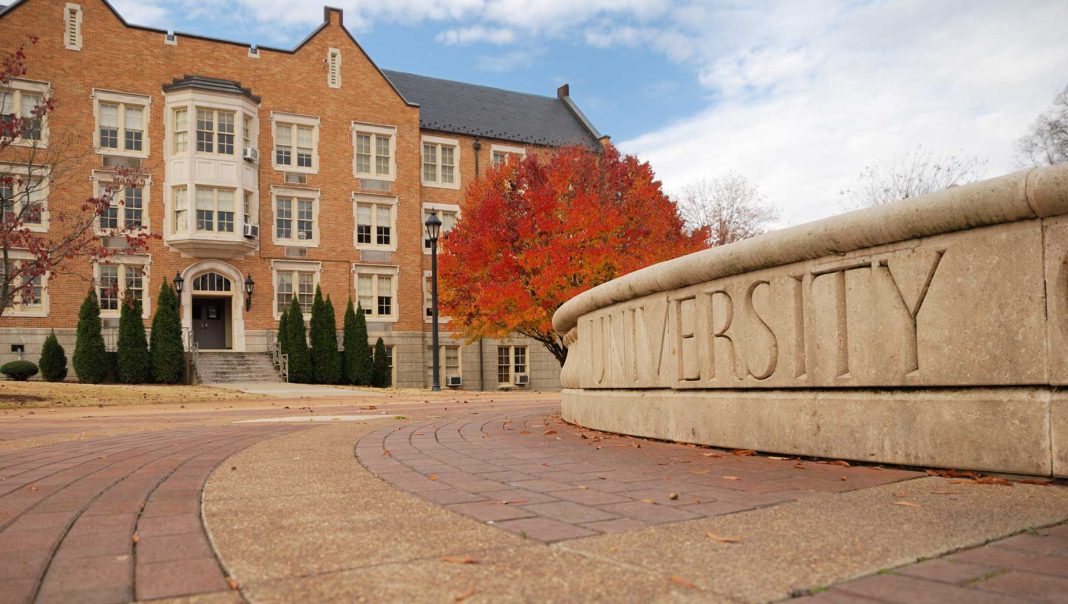 Rising interest rates on federal undergraduate student loans have become a cause for concern for thousands of college students and their families. The recent signs of easing inflation have sparked hopes that the Federal Reserve Board will reduce interest rates in the near future. However, this potential rate cut will come too late for those who will be disbursing loans between July 2024 and June 2025. During this period, the interest rate for federal undergraduate student loans will reach 6.53 percent, the highest it has been in 16 years. Additionally, the rate for federal Parent PLUS loans, which parents can take out to cover the cost of their child’s college attendance, will rise to 9.08 percent, the highest it has been in 33 years.
Rising interest rates on federal undergraduate student loans have become a cause for concern for thousands of college students and their families. The recent signs of easing inflation have sparked hopes that the Federal Reserve Board will reduce interest rates in the near future. However, this potential rate cut will come too late for those who will be disbursing loans between July 2024 and June 2025. During this period, the interest rate for federal undergraduate student loans will reach 6.53 percent, the highest it has been in 16 years. Additionally, the rate for federal Parent PLUS loans, which parents can take out to cover the cost of their child’s college attendance, will rise to 9.08 percent, the highest it has been in 33 years.
It is important to note that interest rates for federal student loans are adjusted annually based on the high yield of the last 10-year Treasury auction in May. The rate remains fixed for the duration of the loan, even if overall interest rates decline. This means that outstanding federal student loans will not be affected by the increase in rates. For instance, if a student took out a federal student loan between July 2023 and June 2024, their rate will remain at 5.5 percent.
The rate increase poses a significant challenge for families already struggling to afford the rising costs of college education. While private lenders may offer more competitive rates, they often require a co-signer with excellent credit. This restricts access to these loans for many students. Additionally, parents who co-sign become responsible for the loan if the primary borrower defaults, potentially harming their credit history if the borrower misses or makes late payments. Private student loans also lack essential features of federal student loans, such as deferment, income-based repayment, and loan forgiveness.
To mitigate the burden of student loan debt, experts recommend limiting borrowing as much as possible. Staying within the thresholds for federal student loans helps ensure that students do not overborrow. In 2024, the maximum amount an undergraduate dependent student can borrow in subsidized and unsubsidized federal student loans is $5,500 for the first year, $6,500 for the second year, and $7,500 for the third year and beyond, with a total borrowing limit of $31,000.
If the federal student loans are insufficient to cover college costs, parents can consider taking out PLUS loans up to the total cost of their child’s attendance. However, it is important to note that borrowing at current interest rates may not be a wise decision. Financial aid expert Mark Kantrowitz recommends that parents limit their total borrowing for their children’s college education to their annual income. If retirement is planned within the next 10 years, proportionately less should be borrowed, such as half of their annual income for a retirement plan within five years.
In conclusion, the recent increase in interest rates for federal student loans presents a significant challenge for college students and their families. While hopes are high for a potential rate cut in the future, it will not benefit those who will be disbursing loans in the coming year. It is crucial for families to be mindful of their borrowing and explore alternatives to minimize the burden of student loan debt. Limiting borrowing within the thresholds of federal student loans and considering the impact on retirement plans can help families make informed decisions about financing their children’s college education.


